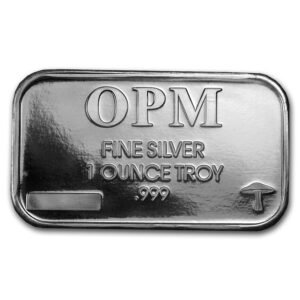During the 2008 financial crisis, gold and silver exhibited notable price movements, and their performance was influenced by a combination of factors, including safe-haven demand, market sentiment, and overall economic conditions.
Gold Performance:
- Initial Decline: In the early stages of the financial crisis, gold experienced a brief decline in late 2008, partly due to a liquidity squeeze as investors faced margin calls and sought cash.
- Recovery and Surge: However, as the severity of the crisis unfolded and concerns about the stability of financial institutions increased, gold quickly rebounded. Investors turned to gold as a safe-haven asset, seeking its perceived intrinsic value and hedging against economic uncertainty.
- Overall Gain: By the end of 2008, gold had not only recovered its initial losses but also posted a positive annual return. This trend continued in the following years, with gold benefiting from ongoing economic uncertainties and accommodative monetary policies.
Silver Performance:
- Initial Decline: Similar to gold, silver initially experienced a decline in late 2008 as investors sold off assets to meet margin calls and reduce risk exposure.
- Volatility: Silver, known for its industrial applications, faced additional pressures due to concerns about a global economic slowdown affecting industrial demand. This contributed to increased price volatility.
- Recovery: As the financial crisis deepened, silver, like gold, started to recover. While it didn’t see the same magnitude of gains as gold, silver benefited from increased safe-haven demand, as well as potential anticipation of future industrial demand recovery.
Key Factors Influencing Performance:
- Safe-Haven Demand: Both gold and silver, considered safe-haven assets, attracted investors seeking refuge from the financial turmoil and uncertainties in traditional markets.
- Central Bank Policies: The implementation of unconventional monetary policies, such as low-interest rates and quantitative easing, contributed to an environment conducive to precious metals as stores of value.
- Supply and Demand Dynamics: Economic uncertainties impacted industrial demand for silver, but safe-haven demand supported prices. Gold, with fewer industrial uses, saw a more direct benefit from safe-haven buying.
In summary, while both gold and silver initially faced declines during the 2008 financial crisis, they eventually rebounded and performed well in the aftermath as investors sought safety and preservation of wealth. Their resilience during this period reinforced their status as valuable assets in times of economic distress.



